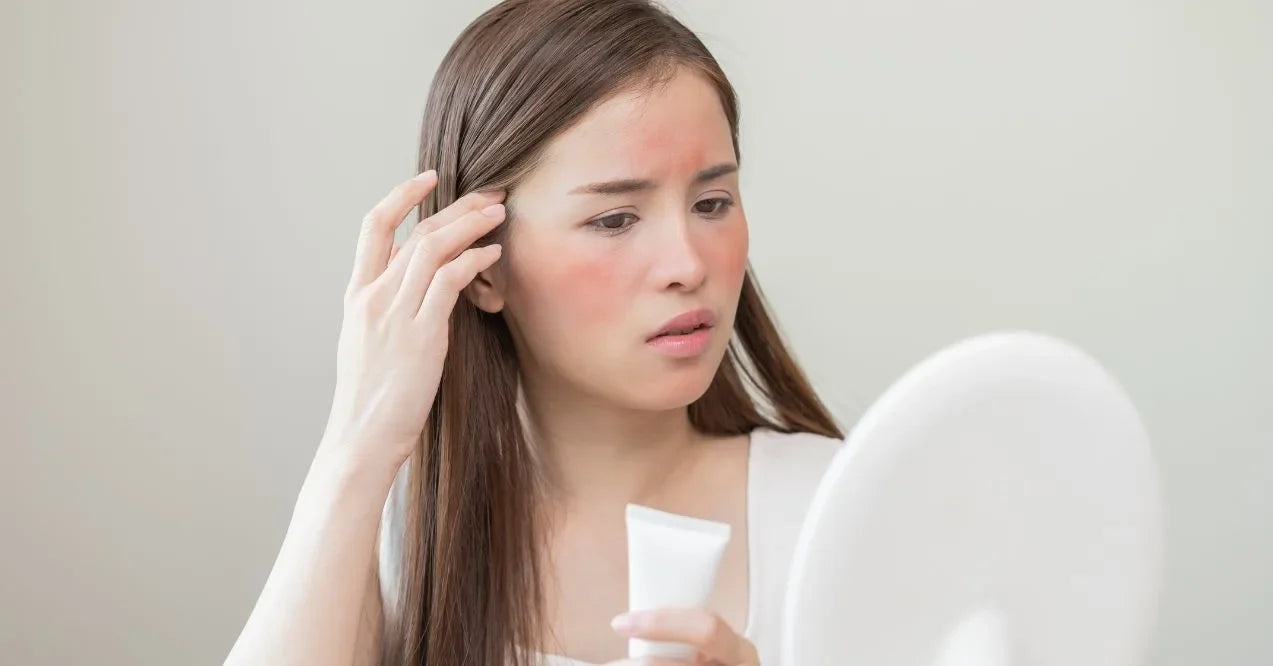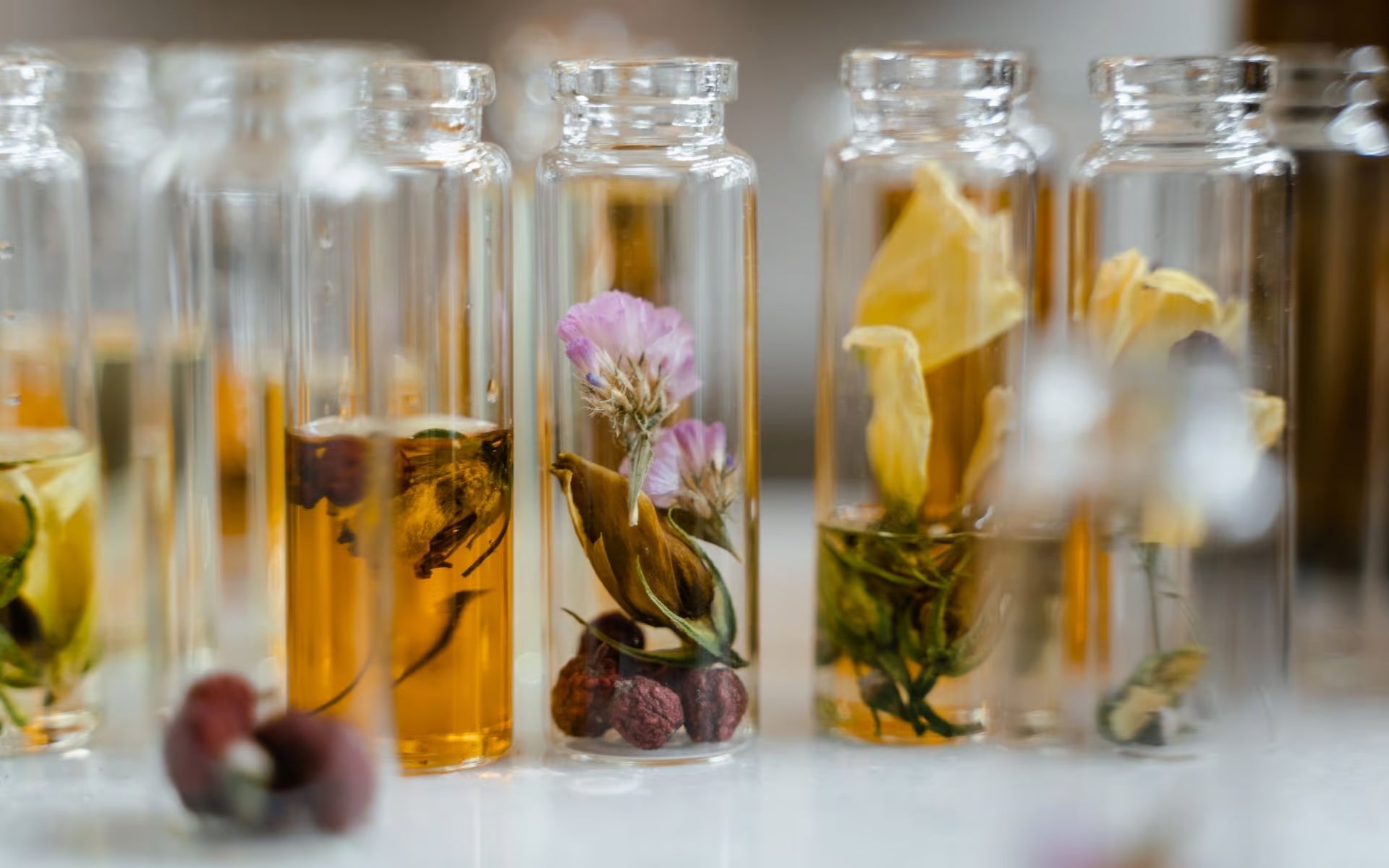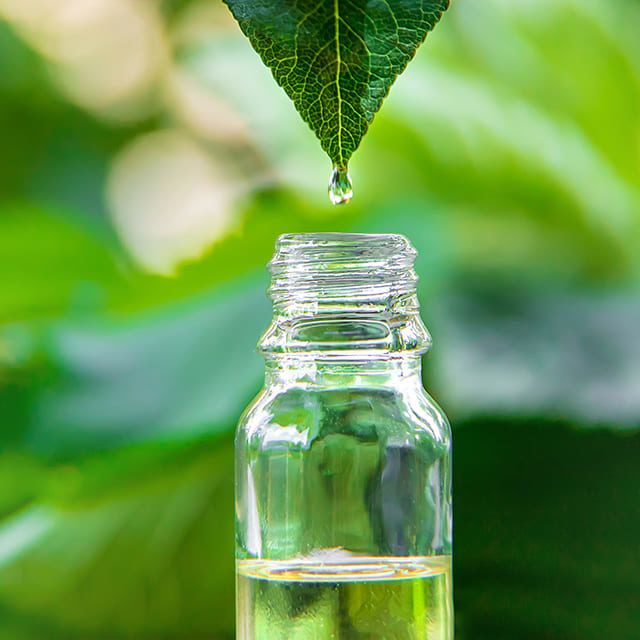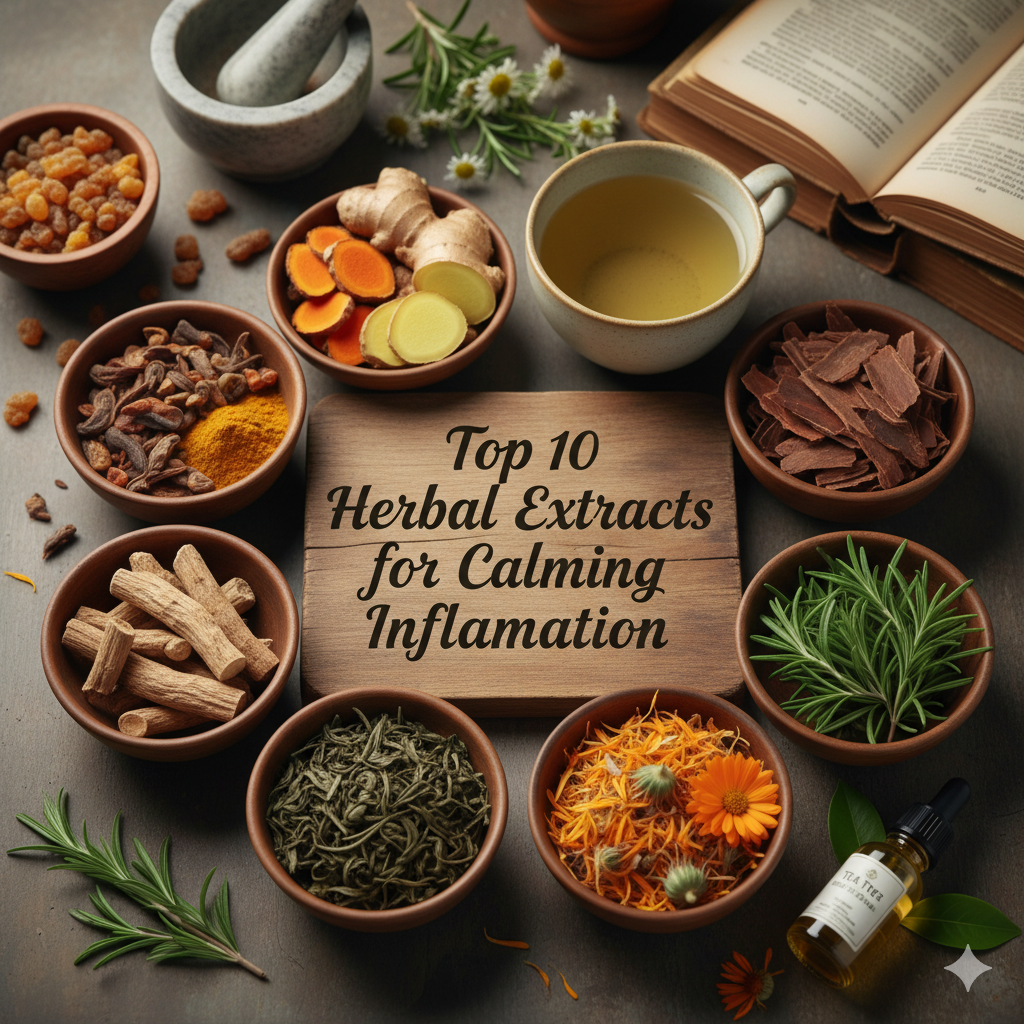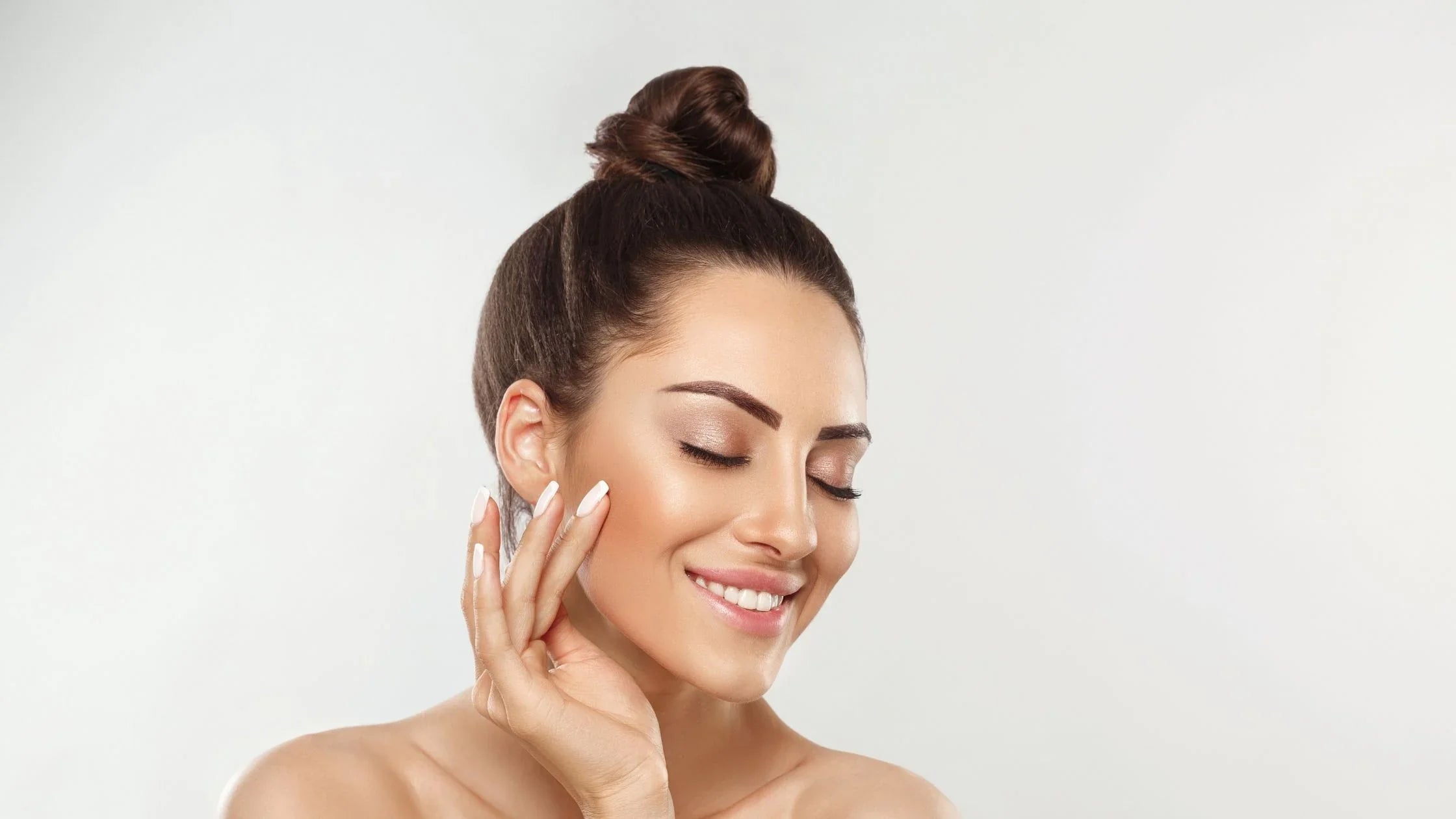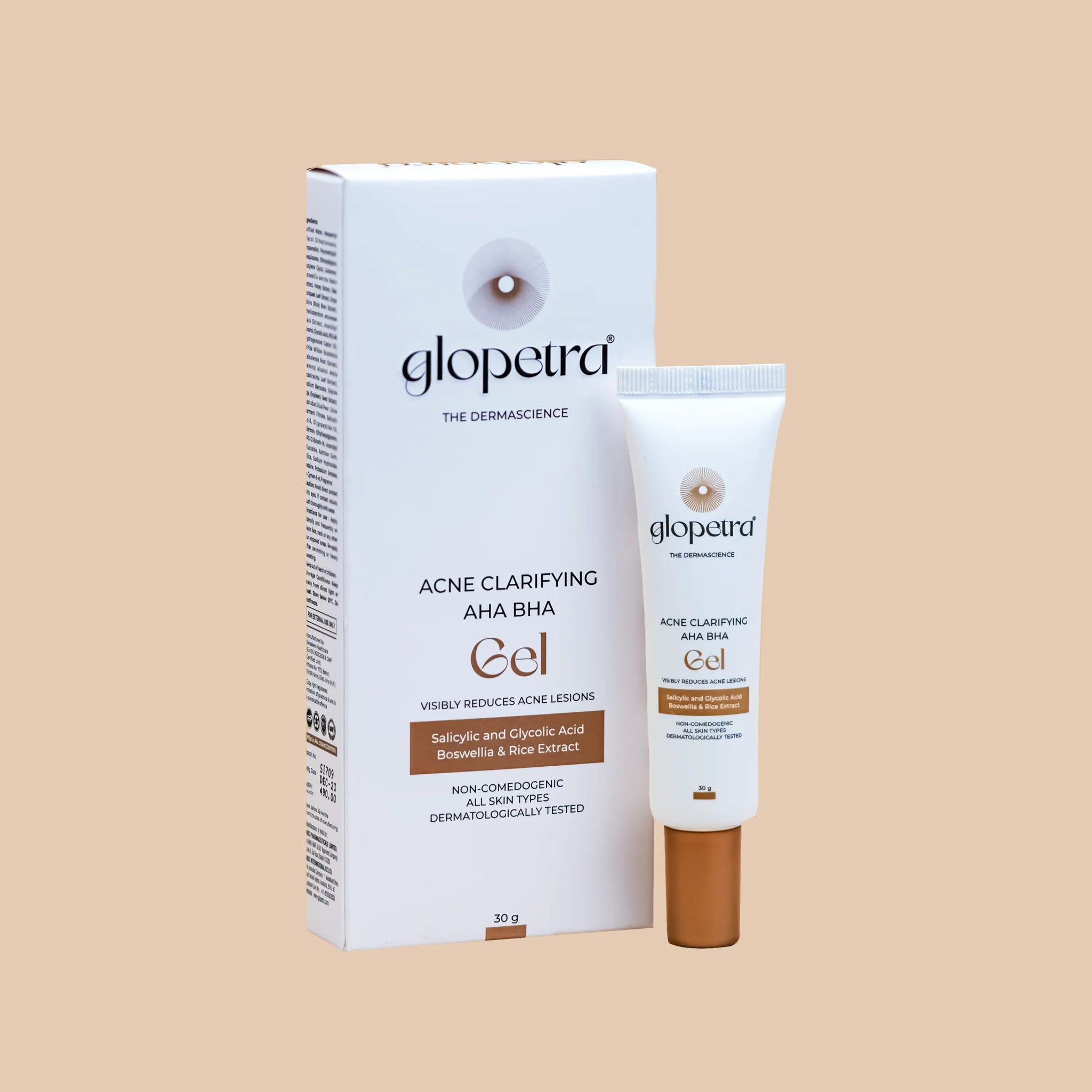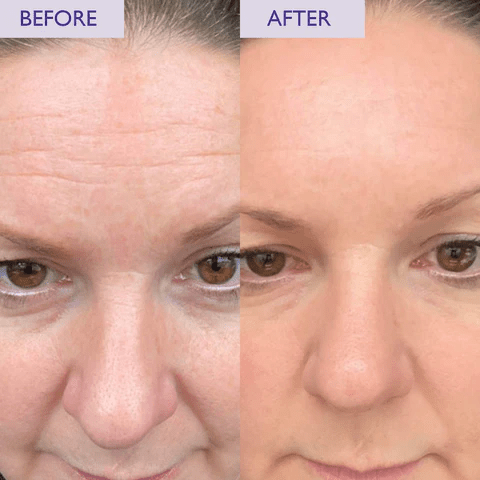
How Often Should You Apply Retinol for Best Results?
How Often Should You Apply Retinol for Best Results?- Hey, skincare fam! If you decide to make a change or want to enter retinol into your daily regime. That is the best ingredient to fight many skin-related problems. Firstly, while using retinol, you need to know, how to use it more effectively for better results. Here we’ll have a solution. In this blog post, we’ll discuss how often should you apply retinol for better results.

What is the hype is retinol?
Retinol is the variant of vitamin A, that falls under the category of ‘retinoids’. It is very beneficial for preventing acne breakouts, enhancing skin turnovers, and reducing the aging effects. If you are a new bee you need to go for the right concentration according to your skin type. It may be helpful to overcome skin-related issues in many ways, such as:
- Speeding up skin cell turnover
- Helping manage blemishes by balancing sebum production
- Sloughing off dead skin cells.
- Helping to stimulate collagen production
- Targeting uneven pigmentation and acne scars.
- Helping reduce the fine lines and wrinkles.
- Helps to prevent the acne breakouts
Who should use retinol?
Most individuals who are in their 30s start using retinol and people who deal with several skin-related problems using retinol such as:
- Premature aging effects
- Acnes
- Acne scars
- Enlarge pores
- Kaposi sarcoma lesions
- Melasma
- Psoriasis
The formula of Using Retinol for Beginner
If you are a newcomer to using retinol, start using it slowly. Use 1, 2, and 3 formulas for adding the use of retinol to your skincare routine. This formula means:
1. Apply retinol Once a week
2. Then apply it twice a week
3. Then apply thrice a week
If no side effects happen then you are free to use retinol after every second night. If you face any kind of redness, flakiness, irritation, etc. then again move towards the lower use of it.
How to use it for better results?
Start Slowly
Don't freak out if you are new to the retinol game. Your skin is going to take some time to adjust. The standard rule is to begin at a very low concentration like 0.2% and apply it only once a week. Just once a week. It gives the skin a fighting chance to adjust without causing a fuss. Wait for 2 weeks if your skin is still tolerating the treatment just fine—no over-the-top redness, dryness, or peeling—move on to two times a week. You want to up the ante gradually here, fam. The name of the game is increasing frequency without putting your skin into meltdown mode.
Finding Your Rhythm
Once you have been using retinol for a couple of weeks and your skin is doing well, you can begin to work toward the sweet spot. Most people find that applying it 2-3 times a week works well. Just keep watching how your skin reacts. Some people can handle it every night, while others need to stick to it every other night. It's all about that personal vibe.
Listen to Your Skin
Your skin might be as moody as a teenager's day fine, the next it is breaking out or flaking off. If you have noticed some irritation, you step back a little bit. Maybe take it down a notch, drop it down to once a week, so your skin can calm down. What else might you be using in your routine? Other actives, such as AHAs or BHAs, also call for holding back the retinol for some time. Too many layers of actives irritate the skin terribly.
Timing matters
If you use retinol, timing matters; most people agree this works better at night. Why? It turns out this product makes your skin more sensitive to the sun. Therefore, wear it at night and wake up to glow. Moreover, most skin repairs happen at night, and you don't put anything else on top of your face. Just remember that the sunscreen goes on the top during the day otherwise, you are sunburned.
Combination with Other Products
Retinol doesn't have to be alone. It is great layered under other products but choose carefully. Using retinol often finds you reaching for moisturizer right on top to counteract the dryness. A good moisturizer, containing something like hyaluronic acid or ceramides, will work with your retinol to leave your skin feeling smooth, rather than tight and flaky. On the other hand, do not mix retinol with highly aggressive acids like glycolic or salicylic acids for a night. That causes irritation central. Try going alternately. Your skin enjoys the benefits without causing all the drama.
Requires Patience
Good things come to those who wait. Nope, no miracle overnight. Retinol can take up to weeks before it indicates what it has. So hold your breath! Consistency and patience pay in the long haul; you won't go unrewarded.
Recommendation- Try Glopetra’s Retinol 0.2% for better results which is dermatologically tested.
Final Thoughts
So, when to use the retinol is very important. And begin with going low and find a cadence that does not hurt your skin. You will see when one day makes more sense, two or three days a week so you begin showing all that glow in from the inside. However, don't forget and forget to smother the whole thing over with this sunscreen as often as possible.
FAQ’s on How Often Should You Apply Retinol for Best Results-
1. When to stop using retinol?
If your skin starts to show redness, flakiness, irritation, etc. stop using retinol or you can reduce its usage.
2. At what age should we start using retinol?
There is no specific age to use retinol but you may start using it in your mid-20s or after 30s. Also, you may start using it when you will see premature aging effects.
3. When will we start seeing results after using retinol?
If you use the product wisely, you will be able to see the results after 3 months



